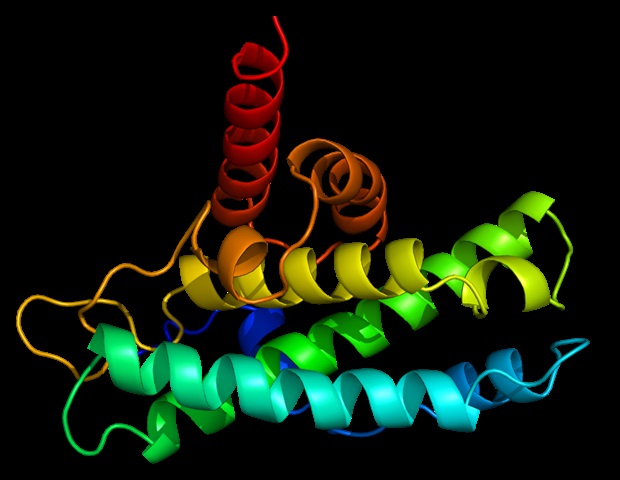In studies with genetically engineered mice, Johns Hopkins Medicine researchers say they have identified a potentially new biological target involving Aplp1, a cell surface protein that drives the spread of Parkinson's disease-causing alpha-synuclein. The findings, published May 31 in Nature Communications , reveal how Aplp1 connects with Lag3, another cell surface receptor, in a key part of a process that helps spread harmful alpha-synuclein proteins to brain cells. Those protein buildups are hallmarks of Parkinson's disease.
Notably, the researchers say, Lag3 is already the target of a combination cancer drug approved by the U.S. Food and Drug Administration (FDA) that uses antibodies to "teach" the human immune system what to seek and destroy.

Now that we know how Aplp1 and Lag3 interact, we have a new way of understanding how alpha-synuclein contributes to the disease progression of Parkinson's disease. Our findings also suggest that targeting this interaction with drugs could significantly slow the progression of Parkinson's disease and other neurodegenerative diseases." Xiaobo Mao, Ph.
D., associate professor of neurology at the Johns Hopkins University School of Medicine and a member of the Institute for Cell Engineering Mao co-led the research along with Ted Dawson, M.D.
, Ph.D., Leonard and Madlyn Abramson Professor in Neurodegenerative Diseases at the Johns Hopkins University School of Medicine and director of the Johns Hopkins Institute for Cell Engineering, Valina D.























